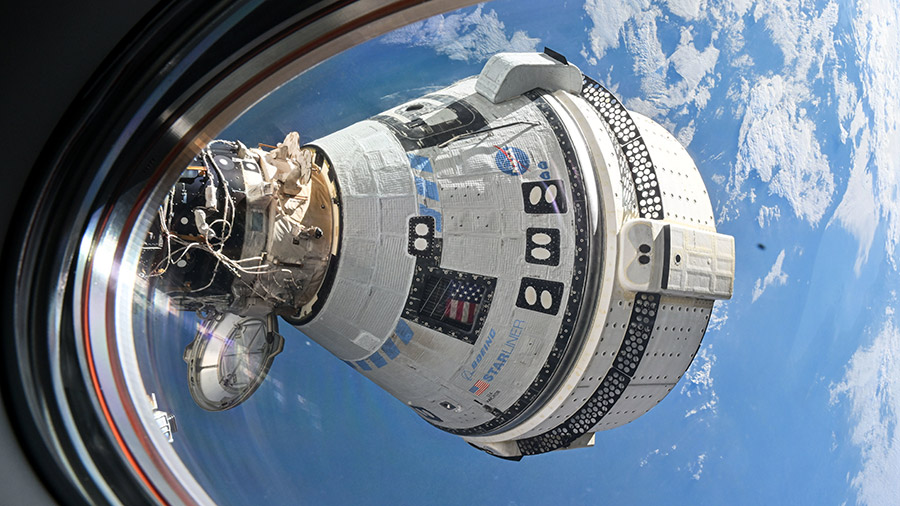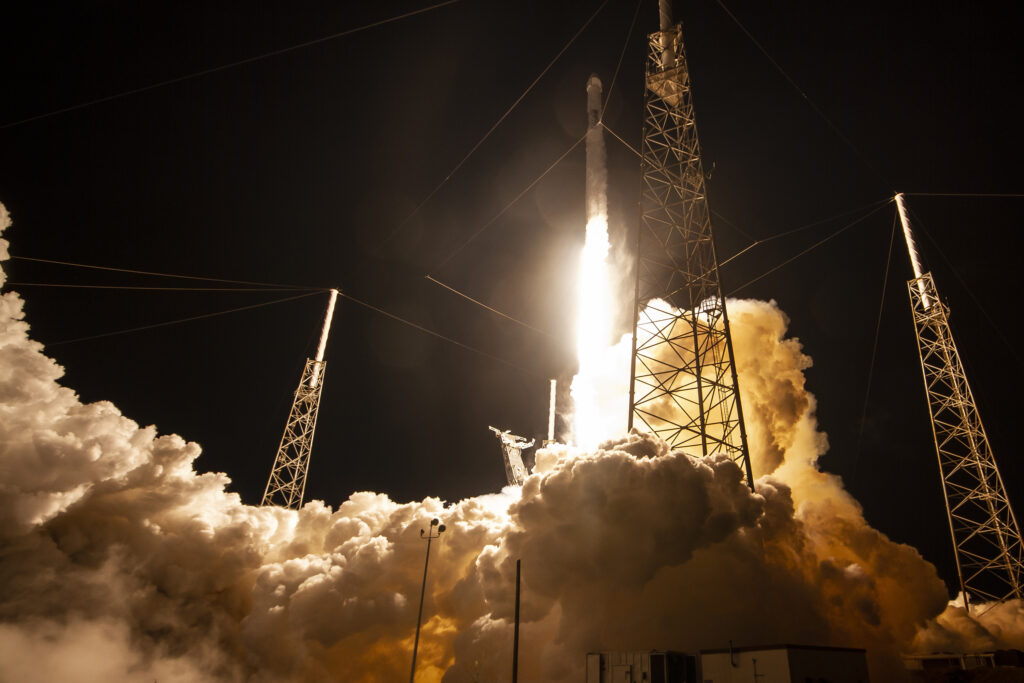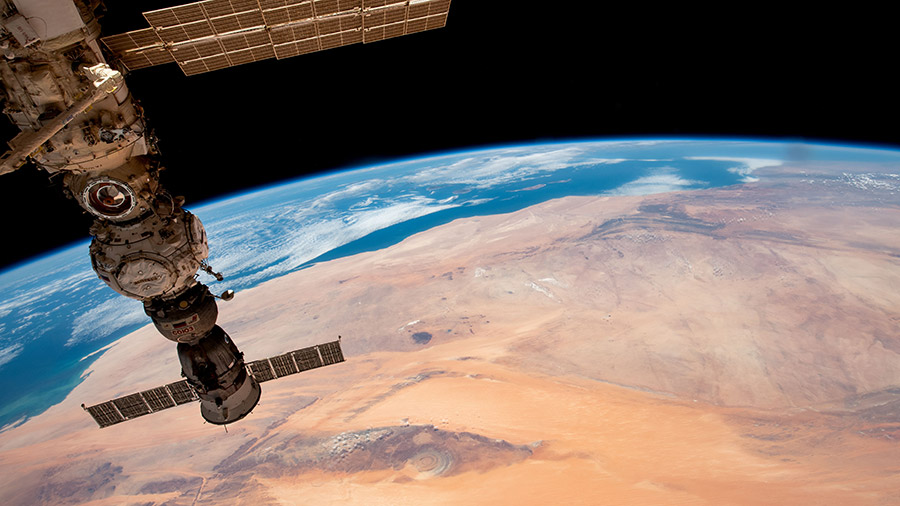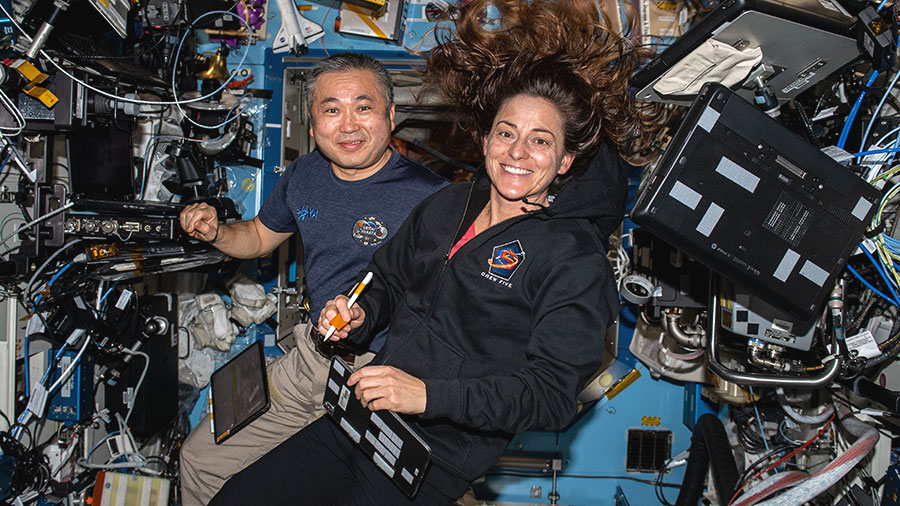
Space biology was back on the schedule Thursday as the crewmates aboard the International Space Station resumed exploring how living in weightlessness affects the human body. The orbital residents also worked on Starliner spacecraft configurations, serviced spacesuit components, and continued lab inspections.
Expedition 71 Flight Engineers Jeanette Epps and Matthew Dominick, both from NASA, kicked off their day collecting blood and saliva samples, processing them for upcoming analysis, and stowing the biological specimens in a science freezer. The duo then joined NASA astronaut Mike Barratt in the afternoon for vein scans with the commercial ButterlyIQ Ultrasound device before and after workout sessions on the advanced resistive exercise device. Results may inform researchers what happens to the body when exercising in microgravity and demonstrate the effectiveness of the FDA-approved portable scanner for space operations.
Barratt began his day with NASA Flight Engineer Tracy C. Dyson in the Columbus laboratory module and explored how living in space affects blood pressure. Dyson scanned Barratt’s veins with the Ultrasound 2 device and collected data from a monitor measuring his heart rate. The study is just one of 14 investigations that are part of the CIPHER human research experiment and explores the cardiovascular health risks of living and working on a long-term space mission. Dyson then spent her afternoon uninstalling and stowing spacesuit batteries and metal oxide containers in the Quest airlock.
NASA astronauts Butch Wilmore and Suni Williams, Commander and Pilot for Boeing’s Crew Flight Test, entered their Starliner crew ship for checkouts on Thursday. The duo examined the spacecraft’s communications systems, set up computer tablets, and charged camera batteries inside the vehicle docked to the Harmony module’s forward port.
Commercial Crew Program manager Steve Stich of NASA and Mike Nappi of Boeing provided a status update of the Starliner spacecraft on NASA TV today. Watch the televised news conference on YouTube.
Station Commander Oleg Kononenko and Flight Engineer Nikolai Chub partnered together throughout Thursday continuing to inspect the vestibule in the aft end of the Zvezda service module where the Progress 87 is docked. While Kononenko spent most of his shift checking out Zvezda, Chub had time for swapping out an electronics unit on an exercise cycle then tested video communications and command gear in the Progress 88 resupply ship docked to the Poisk module.
Mission managers will discuss the upcoming SpaceX Crew-9 mission to the orbital outpost during a mission overview live on NASA TV at 11 a.m. EDT on Friday. Then at 1 p.m., the Crew-9 members Commander Zena Cardman, Pilot Nick Hague, and Mission Specialists Stephanie Wilson and Aleksander Gorbunov will introduce themselves and discuss more details of their space station mission.
Learn more about station activities by following the space station blog, @space_station and @ISS_Research on X, as well as the ISS Facebook and ISS Instagram accounts.
Get weekly video highlights at: https://roundupreads.jsc.nasa.gov/videoupdate/
Get the latest from NASA delivered every week. Subscribe here: www.nasa.gov/subscribe




